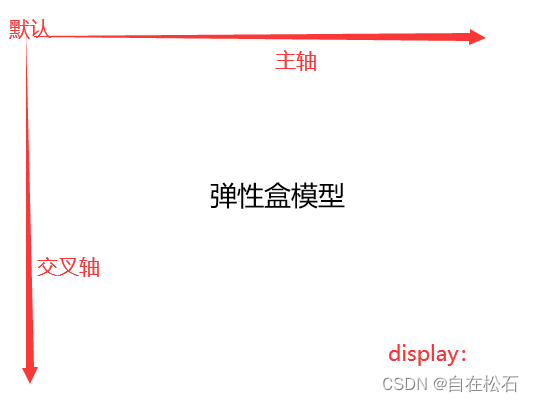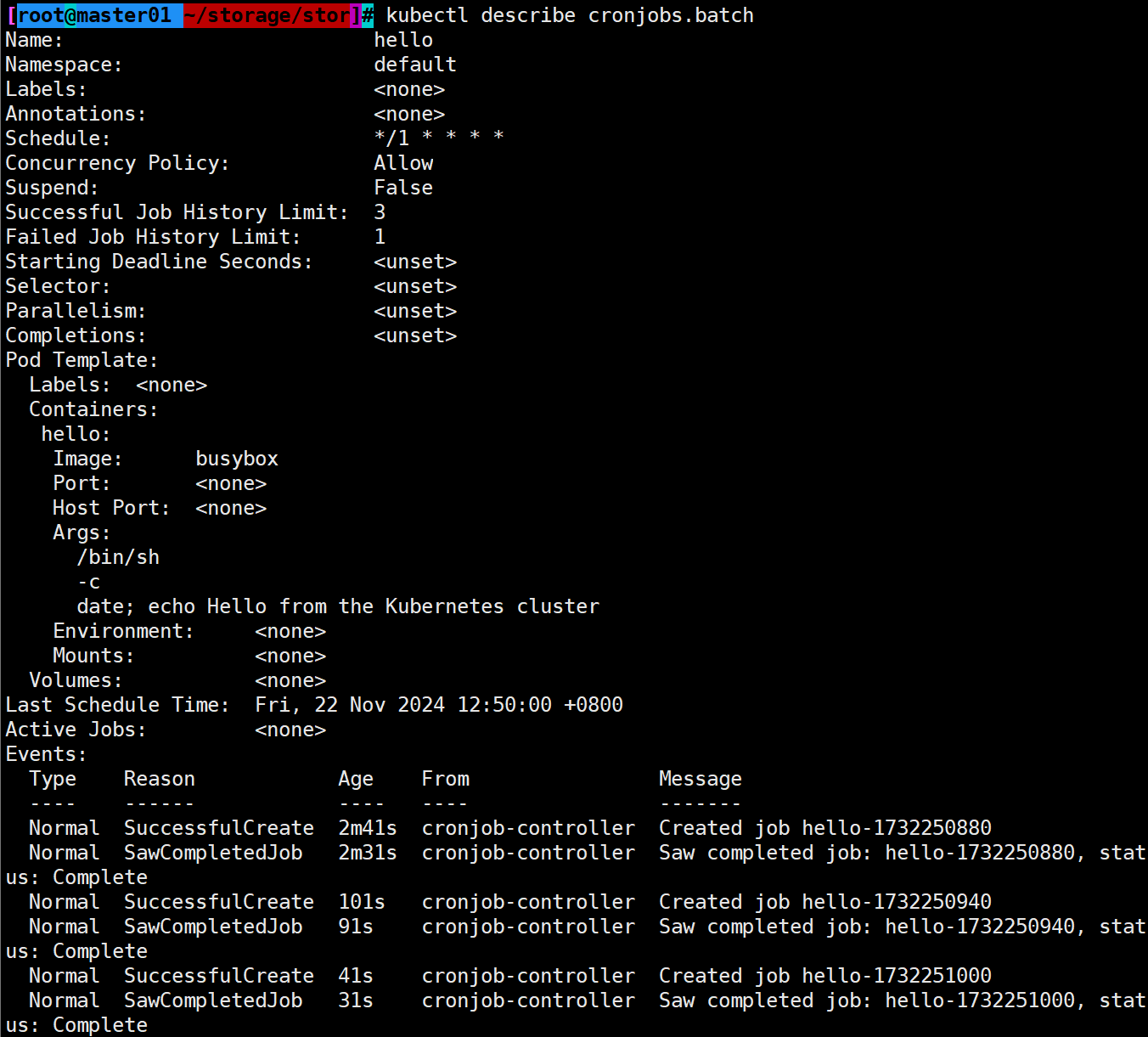什么是GraphQL?
GraphQL 是一种用于 API(应用程序编程接口)的查询语言,由 Facebook 在 2012 年开发,并于 2015 年开源。它提供了一种更高效、强大的方式来获取和操作数据,与传统的 RESTful API 相比,GraphQL 具有更高的灵活性和更低的网络负载。通过 GraphQL,客户端可以精确地请求所需的数据,而服务器则只返回这些数据,从而避免了过度加载或不足加载的问题。
GraphQL 的核心概念
-
类型系统:GraphQL 使用强类型系统定义数据模型。每个字段都有明确的数据类型,如
String、Int、Boolean等,还可以定义复杂类型如对象类型、枚举类型、输入对象类型等。 -
查询:客户端可以通过发送一个查询语句来请求特定的数据。查询语句是一个树状结构,描述了需要获取的数据字段及其子字段。
-
变更(Mutations):用于执行写操作,如创建、更新或删除数据。变更操作也遵循严格的类型定义。
-
订阅(Subscriptions):允许客户端实时接收数据更新。订阅通常用于实现实时通信功能,如聊天应用中的消息推送。
-
字段解析器(Resolvers):服务器端的逻辑单元,负责处理查询中的每个字段。解析器可以根据请求参数从数据库或其他数据源中获取数据,并将其返回给客户端。
-
模式(Schema):定义了 API 的结构,包括可用的查询、变更和订阅,以及它们的参数和返回类型。模式是 GraphQL API 的核心部分,确保了客户端和服务器之间的契约。
GraphQL 的特点
-
精确的数据请求:客户端可以精确地指定需要的数据字段,避免了不必要的数据传输,提高了性能和响应速度。
-
单个端点:GraphQL API 通常只有一个端点,所有查询和变更都通过这个端点进行。这简化了客户端的实现,减少了 API 管理的复杂性。
-
强类型系统:通过定义明确的类型和字段,确保了数据的一致性和可靠性。客户端可以在编译时检查查询的有效性,减少运行时错误。
-
灵活的数据聚合:客户端可以请求多个资源的数据,并在一次请求中获得结果。这减少了网络往返次数,提高了用户体验。
-
版本控制:由于客户端可以精确地请求所需的数据,因此可以在不破坏现有客户端的情况下逐步演进 API。这使得版本控制变得更加灵活。
-
工具支持:GraphQL 生态系统提供了丰富的工具,如 GraphiQL、Apollo Studio 等,帮助开发者调试和优化 API。
GraphQL 的作用
-
提高开发效率:通过精确的数据请求和强类型系统,开发者可以更快地构建和测试 API,减少调试时间。
-
优化性能:客户端只需请求必要的数据,减少了网络负载和服务器压力,提高了整体性能。
-
增强用户体验:通过减少网络往返次数和提高数据加载速度,用户可以更快地获取所需信息,提升应用的响应性和流畅度。
-
简化后端架构:单个端点的设计减少了后端服务的数量和复杂性,使得维护和扩展更加容易。
-
支持实时数据:通过订阅机制,可以实现实时数据更新,适用于需要实时通信的应用场景。
示例说明
为了更好地理解 GraphQL 的工作原理和优势,我们通过一个具体的示例来说明。假设我们正在开发一个社交媒体应用,需要展示用户的个人信息和最近发布的帖子。
定义模式
首先,我们需要定义 GraphQL 模式,描述可用的查询、变更和订阅。以下是一个简单的模式定义:
type User {id: ID!name: String!email: String!posts: [Post!]!
}type Post {id: ID!title: String!content: String!createdAt: String!author: User!
}type Query {user(id: ID!): Userposts(userId: ID!): [Post!]!
}type Mutation {createUser(name: String!, email: String!): UsercreatePost(title: String!, content: String!, userId: ID!): Post
}type Subscription {newPost: Post
}查询示例
假设我们想获取某个用户的详细信息及其最近发布的帖子,可以发送以下查询:
query GetUserWithPosts($userId: ID!) {user(id: $userId) {idnameemailposts {idtitlecontentcreatedAt}}
}在这个查询中,我们使用了变量 $userId 来指定要查询的用户 ID。服务器将返回该用户的详细信息及其最近发布的帖子。
变更示例
假设我们要创建一个新的用户,可以发送以下变更请求:
mutation CreateUser($name: String!, $email: String!) {createUser(name: $name, email: $email) {idnameemail}
}在这个变更请求中,我们传递了用户的姓名和电子邮件地址。服务器将创建新的用户并返回其详细信息。
订阅示例
假设我们要实现实时的新帖子通知,可以使用订阅机制:
subscription NewPost {newPost {idtitlecontentcreatedAtauthor {idname}}
}当有新的帖子发布时,服务器会实时推送新帖子的信息到订阅的客户端。
实现细节
服务器端实现
在服务器端,我们需要实现字段解析器来处理查询和变更请求。以下是一个使用 Node.js 和 Express 实现的简单示例:
const express = require('express');
const { ApolloServer, gql } = require('apollo-server-express');// 模拟数据存储
const users = [{ id: '1', name: 'Alice', email: 'alice@example.com' },{ id: '2', name: 'Bob', email: 'bob@example.com' }
];const posts = [{ id: '1', title: 'First Post', content: 'This is the first post.', createdAt: '2023-10-01T00:00:00Z', authorId: '1' },{ id: '2', title: 'Second Post', content: 'This is the second post.', createdAt: '2023-10-02T00:00:00Z', authorId: '2' }
];// 定义模式
const typeDefs = gql`type User {id: ID!name: String!email: String!posts: [Post!]!}type Post {id: ID!title: String!content: String!createdAt: String!author: User!}type Query {user(id: ID!): Userposts(userId: ID!): [Post!]!}type Mutation {createUser(name: String!, email: String!): UsercreatePost(title: String!, content: String!, userId: ID!): Post}type Subscription {newPost: Post}
`;// 定义解析器
const resolvers = {Query: {user: (parent, { id }) => users.find(user => user.id === id),posts: (parent, { userId }) => posts.filter(post => post.authorId === userId)},Mutation: {createUser: (parent, { name, email }) => {const newUser = { id: users.length + 1, name, email };users.push(newUser);return newUser;},createPost: (parent, { title, content, userId }) => {const newPost = { id: posts.length + 1, title, content, createdAt: new Date().toISOString(), authorId: userId };posts.push(newPost);return newPost;}},Subscription: {newPost: {subscribe: () => pubsub.asyncIterator('NEW_POST')}},User: {posts: (parent) => posts.filter(post => post.authorId === parent.id)},Post: {author: (parent) => users.find(user => user.id === parent.authorId)}
};// 创建 Apollo Server
const server = new ApolloServer({ typeDefs, resolvers });// 应用中间件
const app = express();
server.applyMiddleware({ app, path: '/graphql' });// 启动服务器
app.listen({ port: 4000 }, () => {console.log(`🚀 Server ready at http://localhost:4000${server.graphqlPath}`);
});客户端实现
在客户端,我们可以使用 Apollo Client 来发送查询和变更请求。以下是一个使用 React 和 Apollo Client 的示例:
import React from 'react';
import { ApolloProvider, useQuery, gql } from '@apollo/client';// 配置 Apollo Client
const client = new ApolloClient({uri: 'http://localhost:4000/graphql'
});const GET_USER_WITH_POSTS = gql`query GetUserWithPosts($userId: ID!) {user(id: $userId) {idnameemailposts {idtitlecontentcreatedAt}}}
`;function App() {const { loading, error, data } = useQuery(GET_USER_WITH_POSTS, {variables: { userId: '1' }});if (loading) return <p>Loading...</p>;if (error) return <p>Error: {error.message}</p>;return (<div><h1>User: {data.user.name}</h1><p>Email: {data.user.email}</p><h2>Posts</h2><ul>{data.user.posts.map(post => (<li key={post.id}><h3>{post.title}</h3><p>{post.content}</p><p>Created At: {post.createdAt}</p></li>))}</ul></div>);
}function Root() {return (<ApolloProvider client={client}><App /></ApolloProvider>);
}export default Root;总结
GraphQL 提供了一种强大且灵活的方式来构建和使用 API。通过精确的数据请求、强类型系统和单个端点设计,GraphQL 能够显著提高开发效率、优化性能并增强用户体验。同时,丰富的工具支持和生态系统使得 GraphQL 成为现代 Web 开发的重要选择之一。希望本文的介绍和示例能够帮助你更好地理解和应用 GraphQL。












![[第五空间 2021]pklovecloud 详细题解](https://i-blog.csdnimg.cn/direct/25a7ae7d2d604682807f05922b4ff3da.png)





